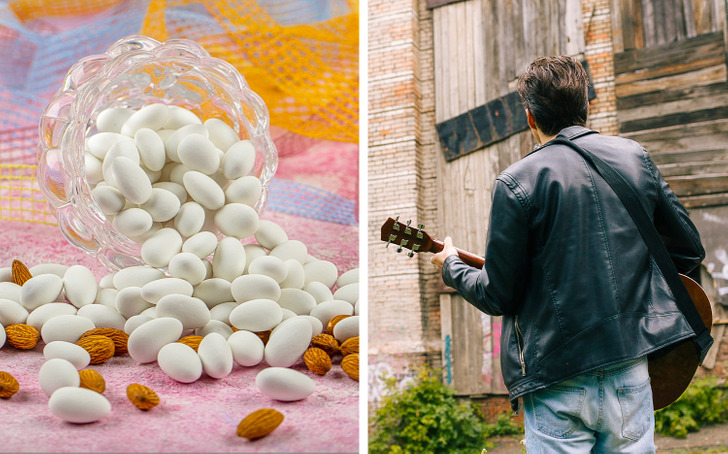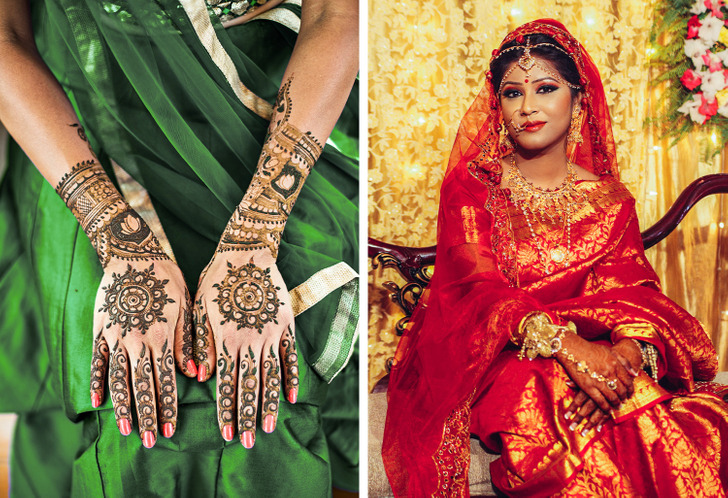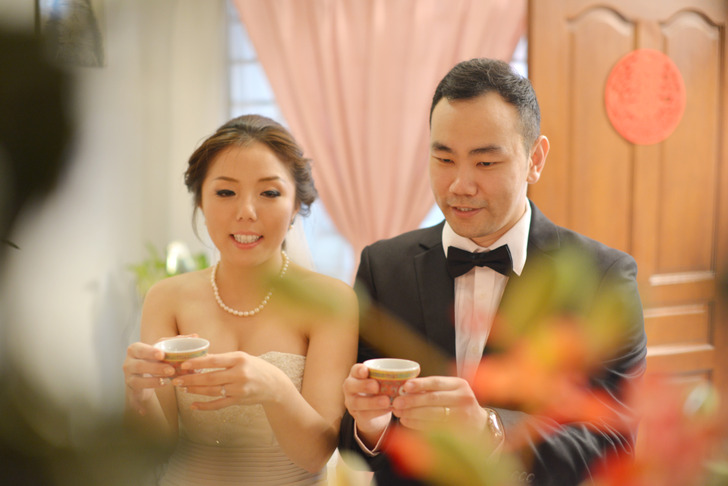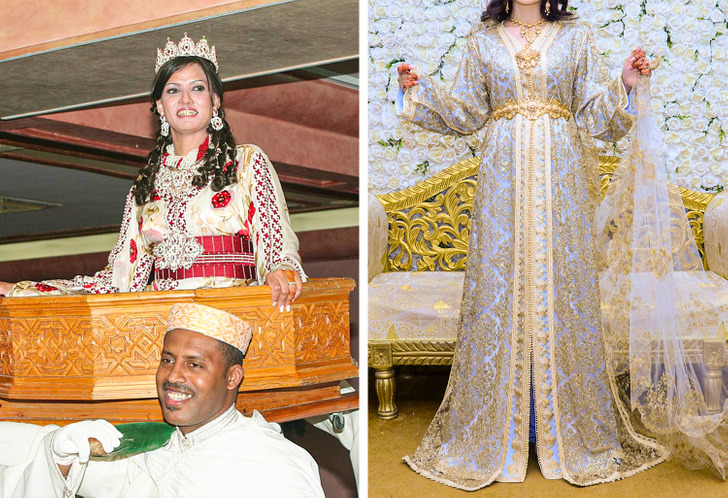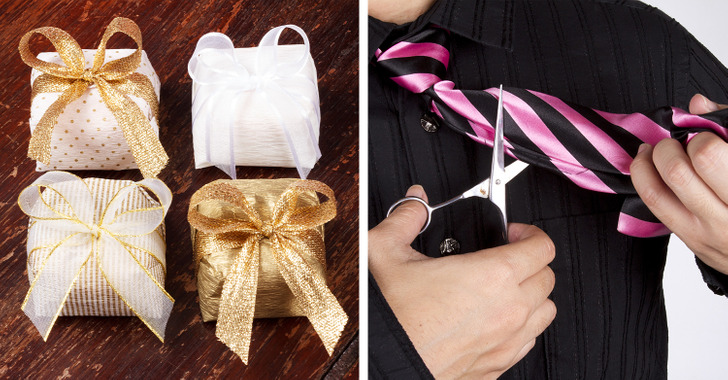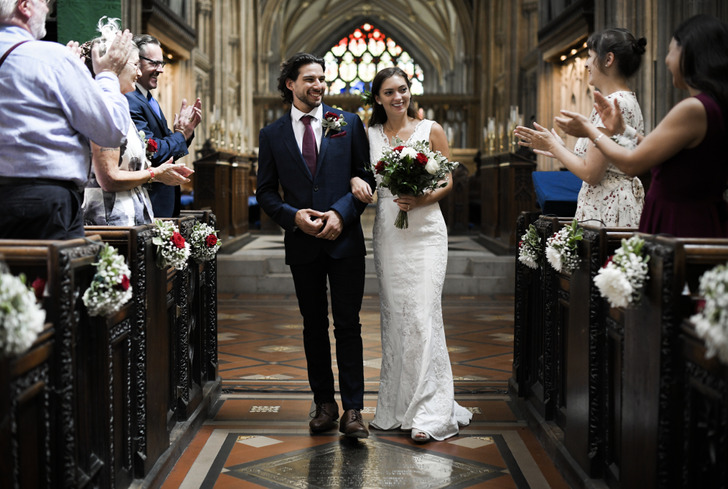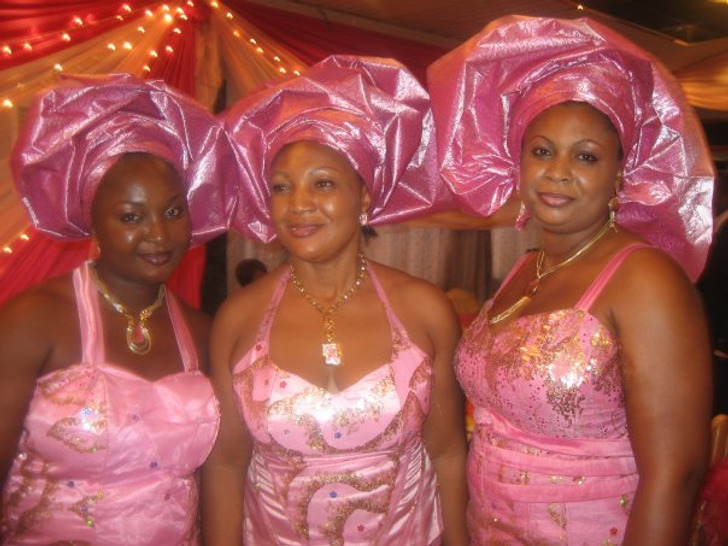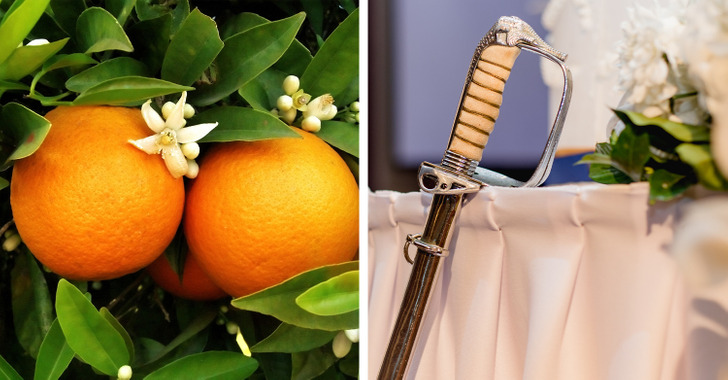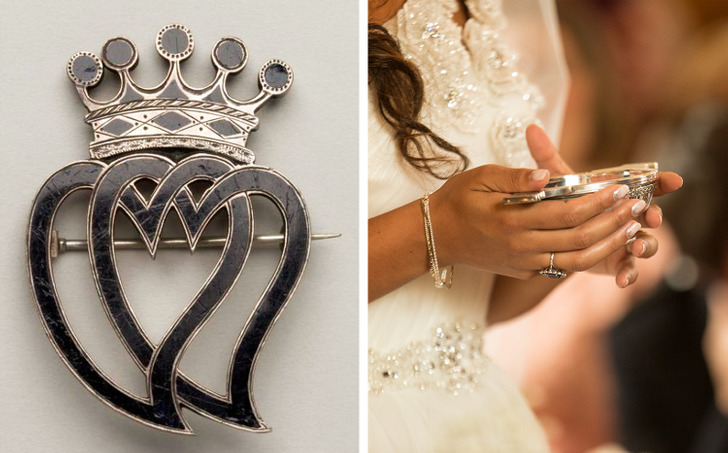How Weddings Look Around the World
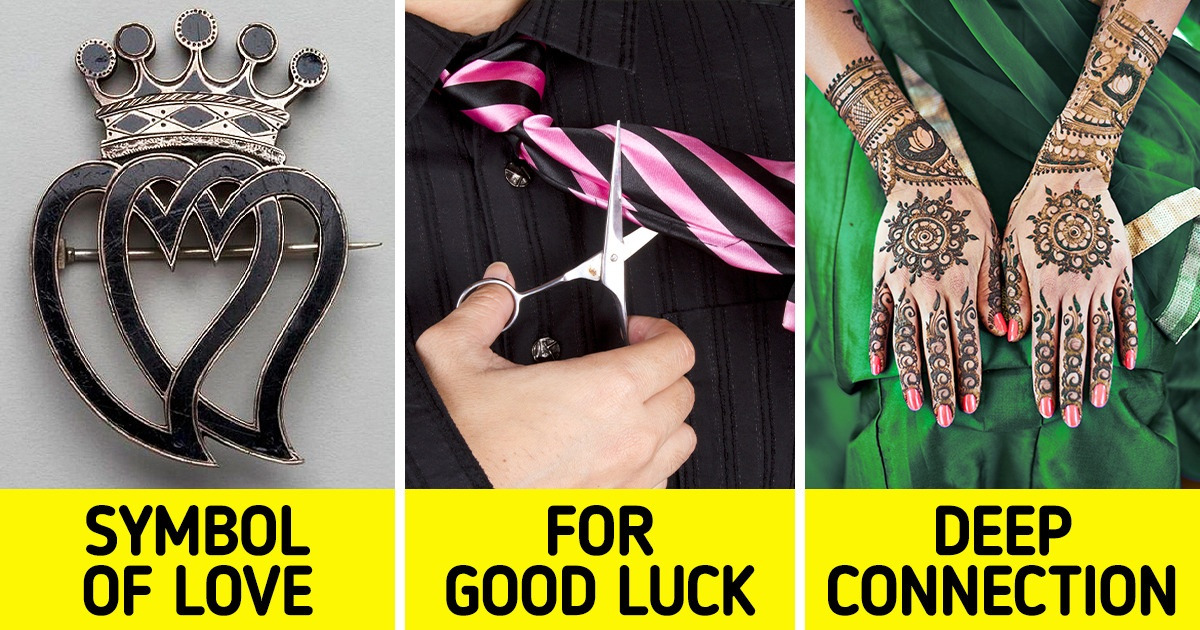
People get married all over the world. But the way they do it has its own perks in every country.
5-Minute Crafts will tell you about unusual wedding traditions that are customary to find in different countries.
1. Italy
- In Italy, it is not customary to set a wedding date for a Tuesday and Friday. This is due to the fact that the name of Tuesday in Italian comes from the name of the god — Mars. It was believed that the wedding on this day led to constant battles in a couple throughout their life together. Friday in Italy is the day of the creation of evil spirits. Therefore, getting married on Friday was also considered a bad omen. The ideal day for an Italian wedding is Sunday. A wedding on this day brings fertility and prosperity to the family.
- On the night before the wedding, the Italian groom throws “La serenata” for the bride. The surprise begins with a serenade under the bride’s window. This then turns into a full-fledged party with live music with all the couple’s friends and family.
- Guests at an Italian wedding shower the couple with small pieces of candied almonds. 5 almonds are believed to bring health, wealth, happiness, fertility, and longevity. Candied almonds are also part of the bomboniere. This is a small wedding souvenir that is given to guests as a token of gratitude for their participation.
2. India
- An Indian wedding lasts 3 days and consists of 3 main ceremonies: Misri, Sangeet Party, and Mehendi. At the Misri ceremony, the couple exchange rings, prayers, and flower garlands. The Sangeet Party ceremony is filled with songs and dances. At this party, newlywed families unite with each other. The Mehendi ceremony is for women only. During this ceremony, intricate patterns are drawn on the hands and feet of the bride using henna. Drawings represent a deep connection between the newlyweds.
- Solah Shringar is a traditional bride’s dress that consists of 16 items. It includes makeup, jewelry, and clothes. One of the notable parts of the dress is the Mangtikka, a giant jewel that the bride wears on her forehead.
- During the marriage ceremony, the couple takes 7 Saptapadi steps on the stones. The couple moves from stone to stone and touches each with their toes. These are the first 7 steps they take as husband and wife. Each stone symbolizes the 7 marriage vows that husband and wife make to each other.
3. China
- In China, it is customary to seek the advice of a fortune-teller, monks, or the Chinese calendar to choose the date of the wedding ceremony. The choice is influenced by the couple’s Chinese zodiac sign and birthday details. Also in China, it is not customary to set a wedding date for March 18, August 18, and September 18.
- The tea ceremony is an important tradition that is customary to observe at every wedding. The bride and groom kneel on tea cushions facing their parents. They then serve tea to each pair of parents, in turn. In this way, they show their respect, gratitude, and appreciation.
- Some dishes at a festive banquet have a certain meaning. The fish dish symbolizes abundance, the pig symbolizes the purity of the bride, the poultry dish for the world, and the sweet lotus seed dessert symbolizes fertility.
4. Morocco
- In Morocco, the bride and groom take their wedding vows before the wedding day. At the Drib Sdak ceremony, the bride and groom sign a marriage contract. After Drib Sdak, the marriage is considered official and religious.
- The Moroccan wedding celebration begins in the hammam. On this day, the bride, with close friends and relatives, arranges a day of purification and beauty. The next day, the women decorate their arms and legs with henna, which symbolizes fertility, good luck, and happiness. The third day is the culmination of pre-wedding preparations. On this day, the bride arrives on an amaria, a special platform carried by 4 or 6 men. After this point, everyone eats Moroccan delicacies and dances.
- Traditionally, in Morocco, the bride can have up to 7 different outfits, each of which has its own characteristics.
5. Brazil
- Sometimes the bride writes the names of all of her unmarried friends on the hem of her wedding dress. It is believed that this action brings good luck to girlfriends and helps them get married faster.
- During the wedding reception, the groom cuts his tie into many pieces. In the future, these pieces are sold to guests as happy souvenirs. The money raised should help fund the couple’s future honeymoon.
- At the end of the wedding, all guests are given Bem Casados. This is a traditional small cake in a beautiful package. The name of the treat translates as “Well-Married.”
6. Sweden
- In Sweden, the bride and groom walk down the aisle together. This couple’s walk highlights the equality of a man and a woman who marry of their own choice.
- After the first kiss as husband and wife, it is acceptable for a couple to kiss other people. When the bride leaves the room, all the women line up to kiss the groom. And when the groom leaves the room, all the men can kiss the bride.
- A Swedish bride receives 3 rings as a gift from her husband: one for engagement, another for marriage, and then another one when she becomes pregnant.
7. Nigeria
- Many weddings begin with the cracking of kola nuts. This ritual symbolizes the beginning of any traditional event for many tribes and is a way for elders to welcome guests. It is believed that the more fragments there are, the more prosperity the hosts and visitors will receive.
- “Spraying” is a ritual in which guests shower money on the dance floor to the couple. Spraying occurs every time a couple go out to dance. In this way, they receive a lot of money that will help them start a family life.
- Aso-Ebi can be translated as “family clothes.” This is one of the highlights of a Nigerian wedding. The couple chooses a single color scheme separately for the bride’s family and for the groom’s family. Also at a Nigerian wedding, the bride and her bridesmaids usually wear the traditional gele headdress.
8. Spain
- The flower from the orange tree is a traditional Spanish flower that symbolizes fertility. The smell of this flower is associated with good luck and happiness. The hall, the cake, and the bride’s bouquet are decorated with orange flowers.
- At a Spanish wedding, the newlyweds cut the wedding cake with a ceremonial sword. Usually, the couple holds the sword together, symbolizing their vow to work together for a fruitful marriage. Afterward, the newlyweds treat each other with pieces of cake.
- At a Spanish wedding, there are usually no bridesmaids and groomsmen. Instead they have padrinos. These are usually close family members or friends who act as facilitators throughout the wedding planning process. Padrinos also act as legal witnesses to the newlyweds.
9. Scotland
- At a Scottish wedding, it is customary to use various symbols of good luck. It is customary to enter the wedding venue using the right foot. And to add a branch of white heather to the bride’s bouquet.
- The “cup of love” or quaich is a silver or pewter bowl with 2 handles that is often given as a gift to newlyweds. The cup is filled with any drink and then used for the drinking ceremony.
- Luckenbooth is a small silver brooch with 2 intertwined hearts under a crown. The groom gives this brooch to his bride as a symbol of his love and their engagement. It is believed that this brooch brings good luck and drives away evil spirits.
Share This Article
